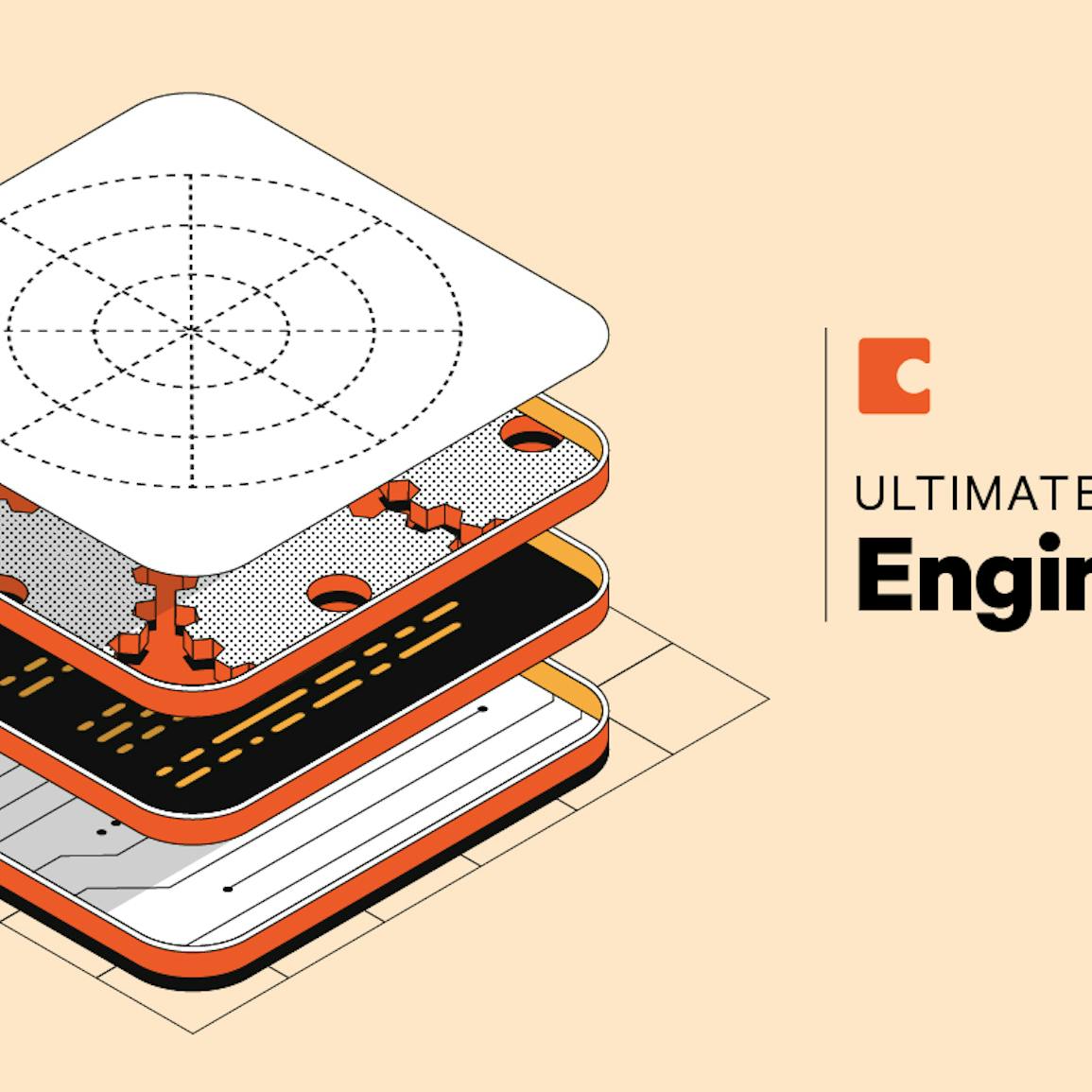 1. Team Hubs
1. Team Hubs
A single source of truth for your team's status and progress.
The most valuable resource of any engineering team, time, is often squandered because crucial information is spread across countless documents, spreadsheets, dashboards, and rogue applications. Engineering leaders have to go looking, and the data and docs they find are often duplicative or outdated.
Why the best engineering teams choose Coda for team hubs.
1. One link per team. Standup notes, design docs, tasks, and dashboards, all together.
2. Hubs offer better organization and flexibility compared to traditional wikis.
Coda’s workspace home provides simpler organization: Since each team and project can have its own separate doc, and you can group them together with folders, it is often much easier to way-find. For example, if I’m looking for my team’s standup and I’m an engineer, I might go into the engineering folder which contains all of the engineering team’s docs, find my team’s doc, and then with a much smaller subset of pages be able to easily find the standup page.
Multi-homing gives you flexibility for where information lives: A subtle, but important difference here is that content can live in multiple places in Coda––this means that the same table (say our company OKRs), or the same page (say our travel policy) can be included in multiple docs. This means that I don’t need to leave my team’s doc to review our OKRs or find our travel policy. Both can be included within our, and every other team’s, doc. And when each team member updates our OKRs or the HR team updates the travel policy, everything seamlessly updates across docs.
3. All your tools are integrated into one place. Coda connects to your engineering tool belt.
4. Automations and AI remove busywork. Send updates, summarize notes, and run workflows.
How to get started.
Get started with a team hub.
Get started with a department hub.
1. Create your team hub for an individual team or project.
About us & Team pages
Features & roadmap
OKRs & planning
Weekly kickoff
2. Add a central department hub to connect across teams.
Department hub
Onboarding & Learning
Using AI to streamline information gathering.
3. Import your data from other sources.
4. Automate your hubs so they run themselves.
Automatically send a Slack message reminder to update OKRs or to warn if a bug threshold is crossed.


Want to print your doc?
This is not the way.
This is not the way.

Try clicking the ⋯ next to your doc name or using a keyboard shortcut (
CtrlP
) instead.